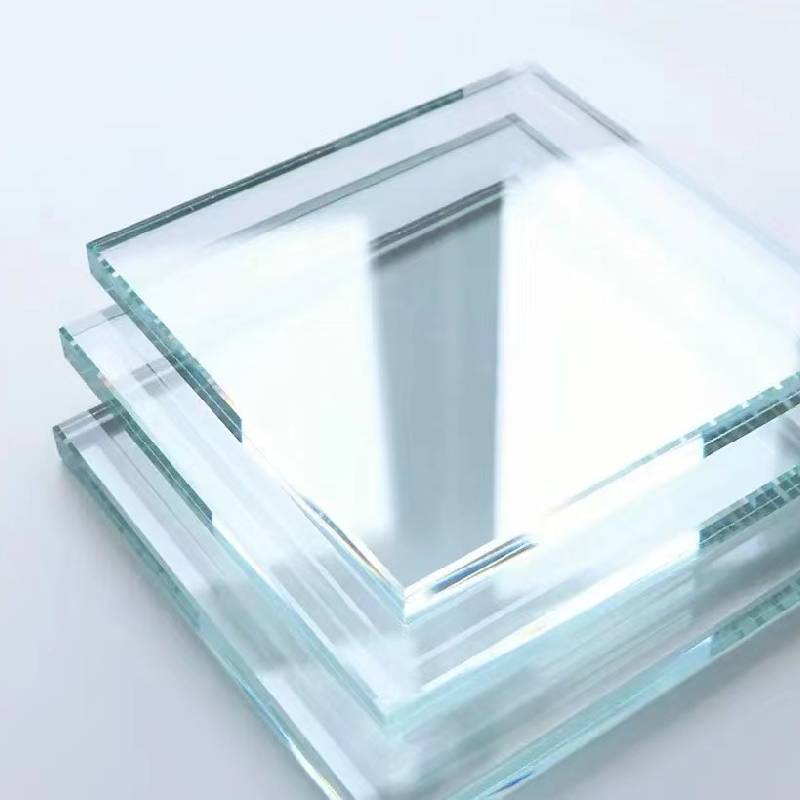

The Advantages of Low-E Plus Glass in Modern Architecture
In recent years, the construction industry has witnessed significant advancements in building materials, particularly when it comes to energy efficiency and sustainability. Among these innovations, Low-E (low emissivity) glass has emerged as a leading choice for architects and builders looking to enhance the thermal performance of buildings. With its ability to reflect infrared energy while allowing visible light to pass through, Low-E glass plays a pivotal role in creating energy-efficient environments. This article explores the benefits of Low-E Plus glass and emphasizes its importance in modern architecture.
Understanding Low-E Glass
Low-E glass is a type of glazing material treated with a microscopically thin coating that reflects heat back to its source. This coating significantly reduces the amount of heat that escapes during colder months, while also minimizing heat gain during the warmer months. The Plus in Low-E Plus glass refers to enhanced performance features, such as greater thermal insulation and improved solar control. This advanced technology allows buildings to maintain a consistent indoor temperature, which is vital for comfort and energy savings.
Energy Efficiency
One of the most significant advantages of Low-E Plus glass is its contribution to energy efficiency. Buildings are responsible for a large percentage of global energy consumption, with heating and cooling making up a considerable portion of this demand. By incorporating Low-E Plus glass into a building’s design, architects can reduce the reliance on artificial heating and cooling systems. This not only leads to lower energy bills for occupants but also reduces the carbon footprint of the building, making it a more sustainable choice.
Increased Comfort
Thermal comfort is a critical factor in residential and commercial spaces. Traditional glass windows can createhot spots or cold drafts, leading to discomfort for occupants. Low-E Plus glass mitigates these issues by maintaining a more stable indoor temperature. The ability of Low-E Plus glass to minimize glare while maximizing natural light contributes to a pleasant and productive environment. By creating spaces that are both efficient and comfortable, architects can enhance the overall quality of life for occupants.

UV Protection
Another often-overlooked benefit of Low-E Plus glass is its ability to filter harmful ultraviolet (UV) rays. Prolonged exposure to UV rays can lead to skin damage and the fading of interior furnishings, artwork, and flooring. Low-E Plus glass blocks a significant percentage of UV radiation, providing an additional layer of protection for a building’s interior. This safeguard not only preserves the aesthetic appeal of the space but also protects the health and well-being of its occupants.
Aesthetic Versatility
Low-E Plus glass does not compromise on aesthetics. Available in various styles and configurations, it can be seamlessly integrated into diverse architectural designs. Whether used in residential homes or high-rise commercial buildings, Low-E Plus glass enhances the visual appeal of structures while providing the functional benefits of energy efficiency and thermal control. Architects can choose different tints, coatings, and framing options to match the desired aesthetic without sacrificing performance.
Compliance with Building Codes
As cities around the world increasingly prioritize sustainability, many building codes now require energy-efficient materials, including Low-E glass. Incorporating Low-E Plus glass can help architects meet or exceed these regulatory requirements, facilitating smoother approvals and certifications. This compliance not only aids in the successful completion of projects but also demonstrates a commitment to environmentally responsible building practices.
Conclusion
In the realm of modern architecture, Low-E Plus glass stands out as a crucial material that combines functionality with aesthetics. Its contributions to energy efficiency, occupant comfort, UV protection, and regulatory compliance make it an essential choice for today’s architects and builders. As the demand for sustainable building practices continues to grow, the use of Low-E Plus glass will likely become even more prevalent, shaping the future of our built environments. Embracing this innovative glazing technology is not just a trend; it is a critical step toward creating more sustainable, energy-efficient buildings that benefit both occupants and the planet.